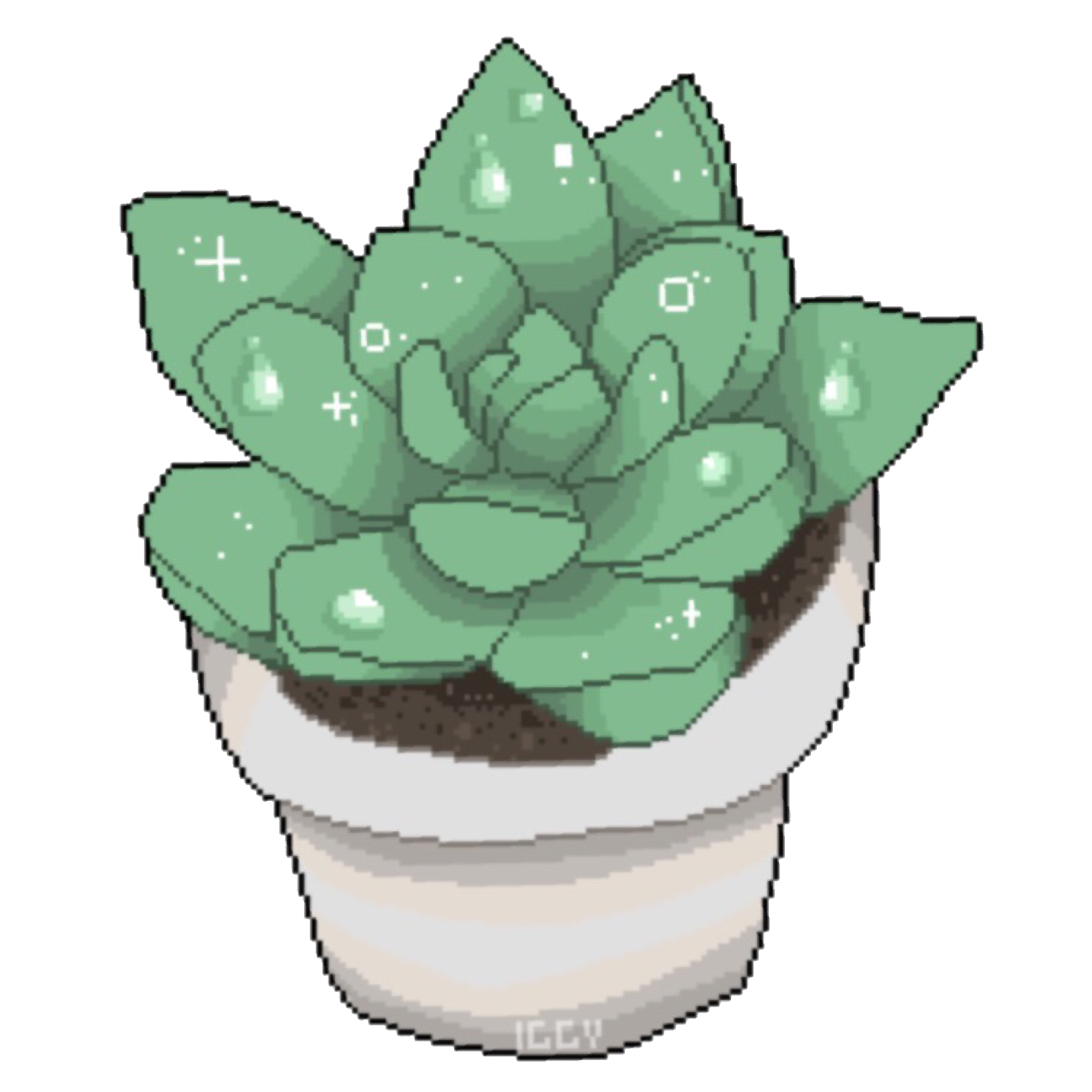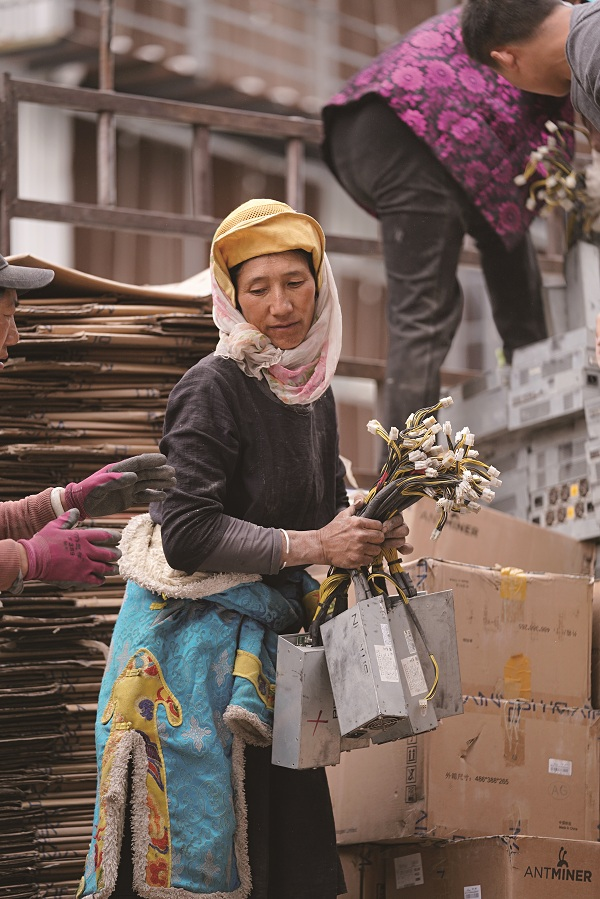- 7 Posts
- 11 Comments

 2·2 years ago
2·2 years agoInteresting about the cinnamon! Sounds like you’re doing a great job.

 1·2 years ago
1·2 years agoThanks! Definitely most of the roots are in the bark, about 4 inches cover and half an inch or so sticking up

 1·2 years ago
1·2 years agoThanks for your comment! That’s reassuring that it’s pretty normal for the stem to be out of the bark. They’re not really aerial roots in that they were completely under the bark in the previous pot. It’s just the top half-inch or inch or so that’s moved up above the bark after repotting. Kind of fun that the roots are so strong to be able to lift up the plant like that!

 2·2 years ago
2·2 years agoCongratulations! What did you do for intense rehabilitation? Did anything else change (sun exposure, temperature, day length)? Hope the momentum keeps up!

 5·2 years ago
5·2 years agoVery nice! Looks like it’s 3D printed, is that right? Do you plant directly into it or is it meant to hold an inner pot?

 1·2 years ago
1·2 years agoI think overwatering is very common with orchids! They’re different than most plants because they grow attached to trees, not in soil. So their roots are designed to be exposed to the air or just barely covered. They get water from rain that runs over them and then dries off as well as out of the humidity in the air. The houseplants we’re used to growing grow in the soil where the roots are used to being moist. So that makes orchids a little different!
Here is a great video about watering orchids, it gives more details than I did and it’s really helpful because it shows how the roots should look when they need watering. I’ve seen her other videos highly recommended too!

 0·2 years ago
0·2 years agoThis book is the one I’ve liked most. It’s more detailed than most of the books I’ve read, which I want! But there are lots of good books out there. What I’ve learned is that flowering is a complex process governed by many different factors and differs between species (of which there are tens of thousands for orchids!).
First it needs to be healthy, so getting appropriate levels of light, water, humidity, and temperature. Then it may need some kind of environmental trigger, this could be daylength/seasonality, change of temperature, or even change in atmospheric pressure from a storm! But then the total opposite too: if a plant is dying it may flower as a last ditch effort at reproducing itself. So basically it’s pretty impossible to make it flower on purpose unless you know the specific needs of your plant, just keep it healthy and hope for the best :)
Generally Phaelenopsis orchids (the most commonly available for sale and iconic type) want to be heavily watered (even soaking the pot for 15-30 minutes) and then allowed to dry almost completely over a week or two, more or less depending on the temperature and humidity. Keeping the soil/bark constantly moist causes the roots to rot, so you want it to dry (but not so much that the leaves get floppy/wrinkly). They like bright but indirect light, which is tricky – not direct sunlight but in a bright location all day. Warm temps, with night time minimums above 60. Higher humidity (mist them with a sprayer sometimes if you can). At least that’s what I have taken away from the reading I’ve done!

 1·2 years ago
1·2 years agoIt’s pretty good! I have only listened to a few episodes so far. I have tended to skip through the first 30-40% of the episodes, which has been a lot of discussion of the guest’s academic training and career, which isn’t very interesting to me personally. After they finish talking about that, I usually enjoy the rest of each episode!

 1·2 years ago
1·2 years agoWow! Good luck getting to 100! What city are you in?
I heard about the orchid project on this podcast episode, a pretty interesting interview: https://www.indefenseofplants.com/podcast/2022/5/29/ep-371-the-million-orchid-project

 0·2 years ago
0·2 years agoWhat a cute idea! How many have you given away so far?
Reminds me a bit of the Million Orchid Project, where plants are given to community members and schools to plant out in their community https://fairchildgarden.org/science-and-education/science/million-orchid-project/






Unfortunately can’t help you there as this one was in bloom when I got it :)
Has yours grown additional side growths? As far as I understand each fan of leaves only blooms once, then the side growths have to mature and those will each bloom once and so on.